The study of early music performance practice has always been a fascinating journey into the roots of musical expression. Among the most intriguing aspects is the exploration of historical playing techniques on period instruments. These techniques, often vastly different from modern approaches, reveal how musicians of bygone eras brought their instruments to life, creating sounds that shaped the musical language of their time.
In the Renaissance and Baroque periods, instrumentalists developed highly specialized techniques tailored to the unique characteristics of their instruments. The lute, for instance, required a delicate touch and precise right-hand finger placement to articulate its polyphonic textures. Unlike modern guitarists who often use standardized fingerings, lutenists adapted their technique to the particular lute they played, as each instrument had slight variations in string spacing and tension. The result was a more intimate relationship between player and instrument, where technique emerged from the physical properties of the specific lute rather than from abstract pedagogical principles.
The bowing techniques of early string players present another striking difference from modern practice. Baroque violinists held the bow differently - typically with the thumb placed under the hair - which created a lighter, more articulated sound. This grip allowed for subtle nuances in articulation that became essential for the rhetorical style of Baroque music. The bow itself, with its convex shape and looser hair tension, responded differently to the strings, encouraging players to develop a vocabulary of bow strokes that modern players must consciously relearn when approaching period performance.
Wind instruments of the early music period demanded equally distinctive approaches. The recorder, for example, was played with a much softer attack than modern woodwinds, and players developed sophisticated breath control to shape phrases without vibrato. The chalumeau, predecessor to the clarinet, required an embouchure that would seem unconventional to today's clarinetists, producing a sound that blended more easily with voices and soft instruments in ensemble settings.
Keyboard technique underwent perhaps the most radical transformation between the early and modern eras. Harpsichordists and clavichord players developed a touch that prioritized clarity of voice-leading over dynamic shading (since their instruments couldn't produce gradations of volume through touch alone). The fingers remained closer to the keys, with a motion originating from the finger joints rather than the arm weight approach of modern piano technique. This resulted in a crisper, more articulated sound ideal for contrapuntal music.
The cornett, that enigmatic hybrid of woodwind and brass, represents one of the most demanding early techniques. Players had to master circular breathing while maintaining precise lip control on a mouthpiece similar to a brass instrument's, but with finger holes like a woodwind. The resulting sound - capable of both instrumental brilliance and vocal-like expressivity - was prized above all others in many Renaissance and early Baroque ensembles.
Percussion instruments in early music often followed rhythmic patterns derived from dance traditions. The tambourine wasn't merely shaken randomly, but played with specific alternating hand strokes that created intricate rhythmic patterns. Similarly, Renaissance drummers developed rudiments that would later evolve into modern snare drum technique, but with a more fluid, less mechanical approach suited to accompanying dance.
Perhaps most fascinating is how these techniques were transmitted. In an age before standardized method books, players learned primarily through oral tradition and apprenticeship. Tutors would often customize their instruction to the physical characteristics of individual students, creating a more personalized pedagogical approach than we typically see today. This resulted in greater diversity of technique within historical performance traditions than we find in modern instrumental pedagogy.
The revival of these historical techniques in recent decades has not been without controversy. Some scholars argue that we can never truly recreate the sound and approach of early musicians, as the living tradition was broken. Others counter that through careful study of historical treatises, iconography, and the instruments themselves, we can achieve a convincing approximation. What remains undeniable is that exploring these early techniques fundamentally changes our understanding of the music, revealing nuances and expressive possibilities that modern techniques often obscure.
Contemporary musicians specializing in historical performance face unique challenges. They must not only master their instrument, but also understand the historical context that gave rise to its technique. This might involve studying dance to understand rhythmic phrasing, or rhetoric to grasp the declamatory style of instrumental music in the Baroque era. The most successful early music performers today are those who can synthesize this wide-ranging knowledge into performances that feel both historically informed and vibrantly alive.
As research continues to uncover new information about historical playing techniques, our understanding of early music keeps evolving. Recent discoveries about, for instance, the use of unequal temperaments in Renaissance lute tuning or the prevalence of certain ornamentation practices in specific regions continue to reshape performance practice. This dynamic field reminds us that historical performance is not about creating museum pieces, but about engaging in an ongoing dialogue with the past - one that enriches our musical present.

By /Jul 25, 2025

By /Jul 25, 2025

By /Jul 25, 2025

By /Jul 25, 2025
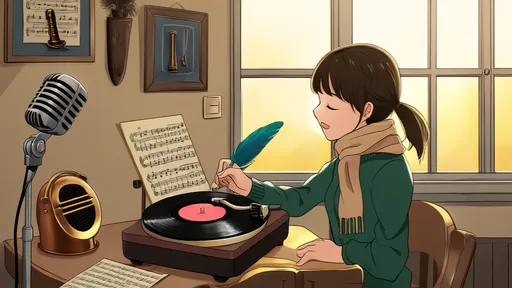
By /Jul 25, 2025
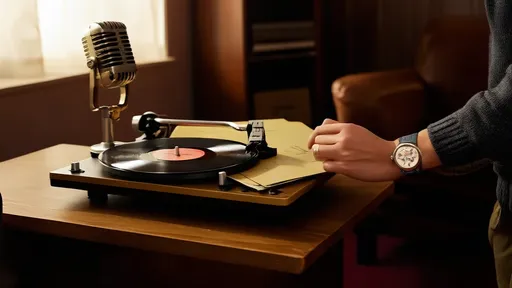
By /Jul 25, 2025
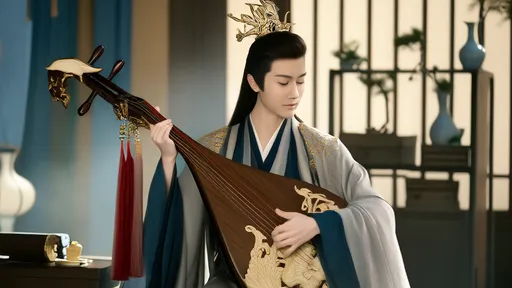
By /Jul 25, 2025

By /Jul 25, 2025
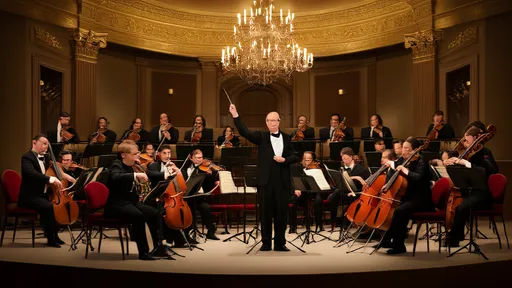
By /Jul 25, 2025
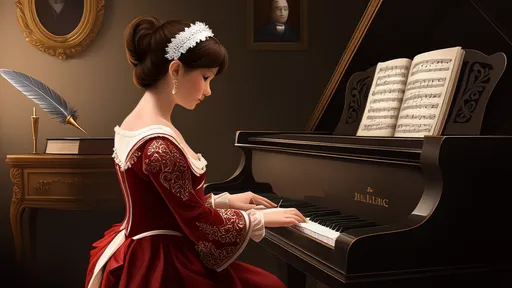
By /Jul 25, 2025

By /Jul 25, 2025
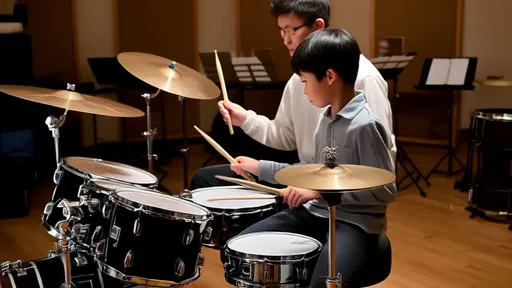
By /Jul 25, 2025

By /Jul 25, 2025

By /Jul 25, 2025
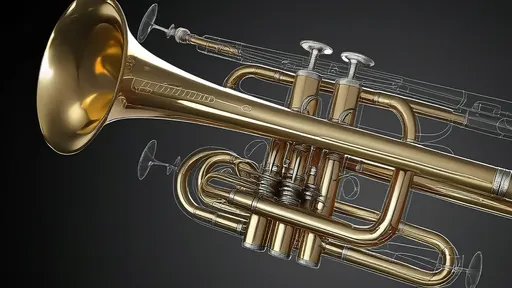
By /Jul 25, 2025
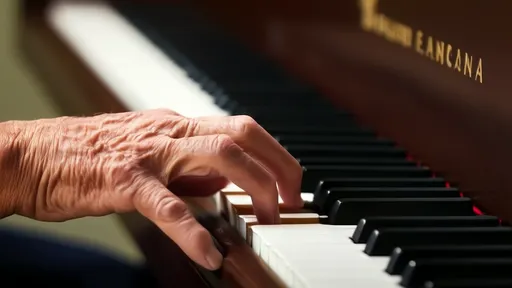
By /Jul 25, 2025

By /Jul 25, 2025

By /Jul 25, 2025